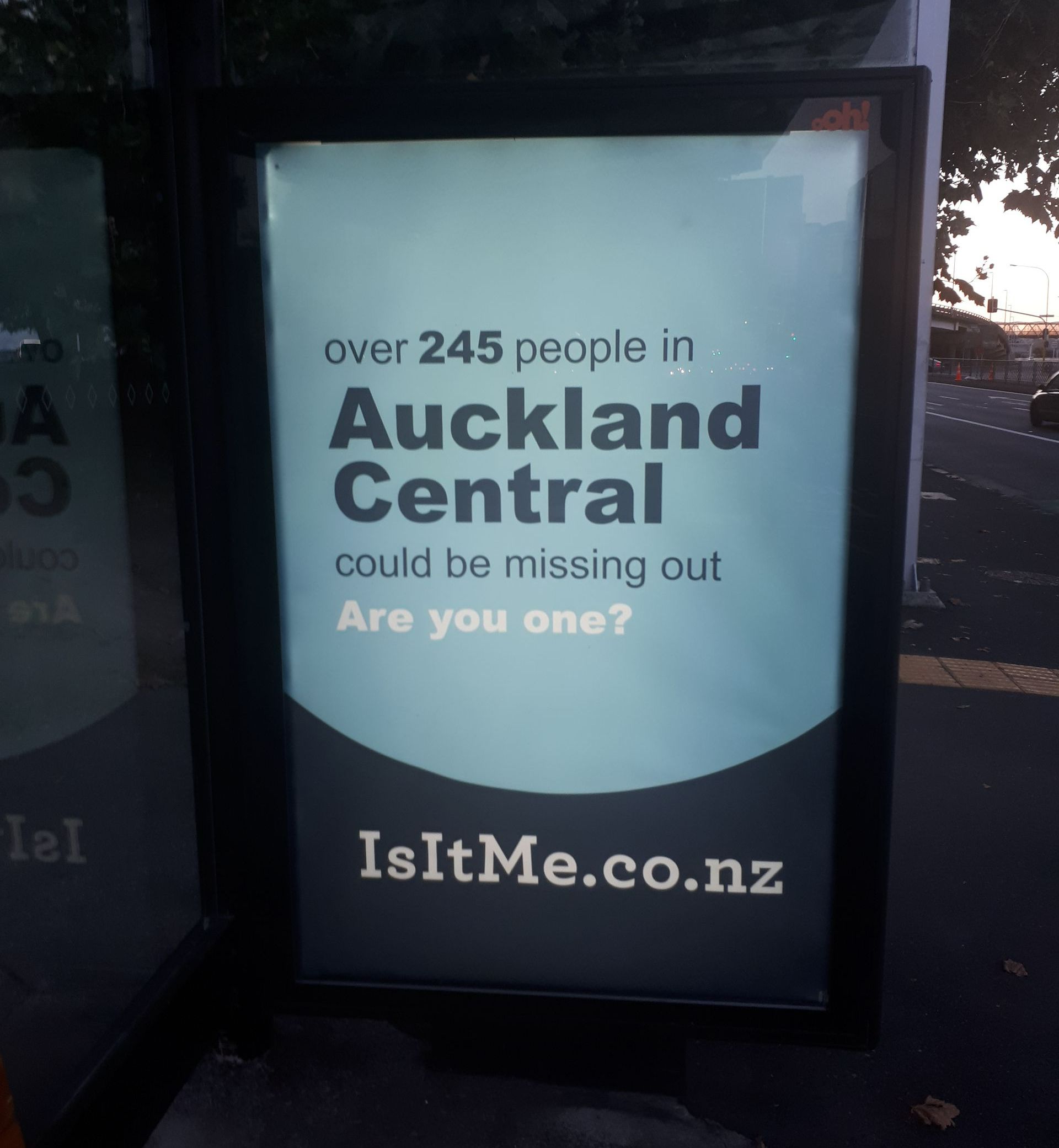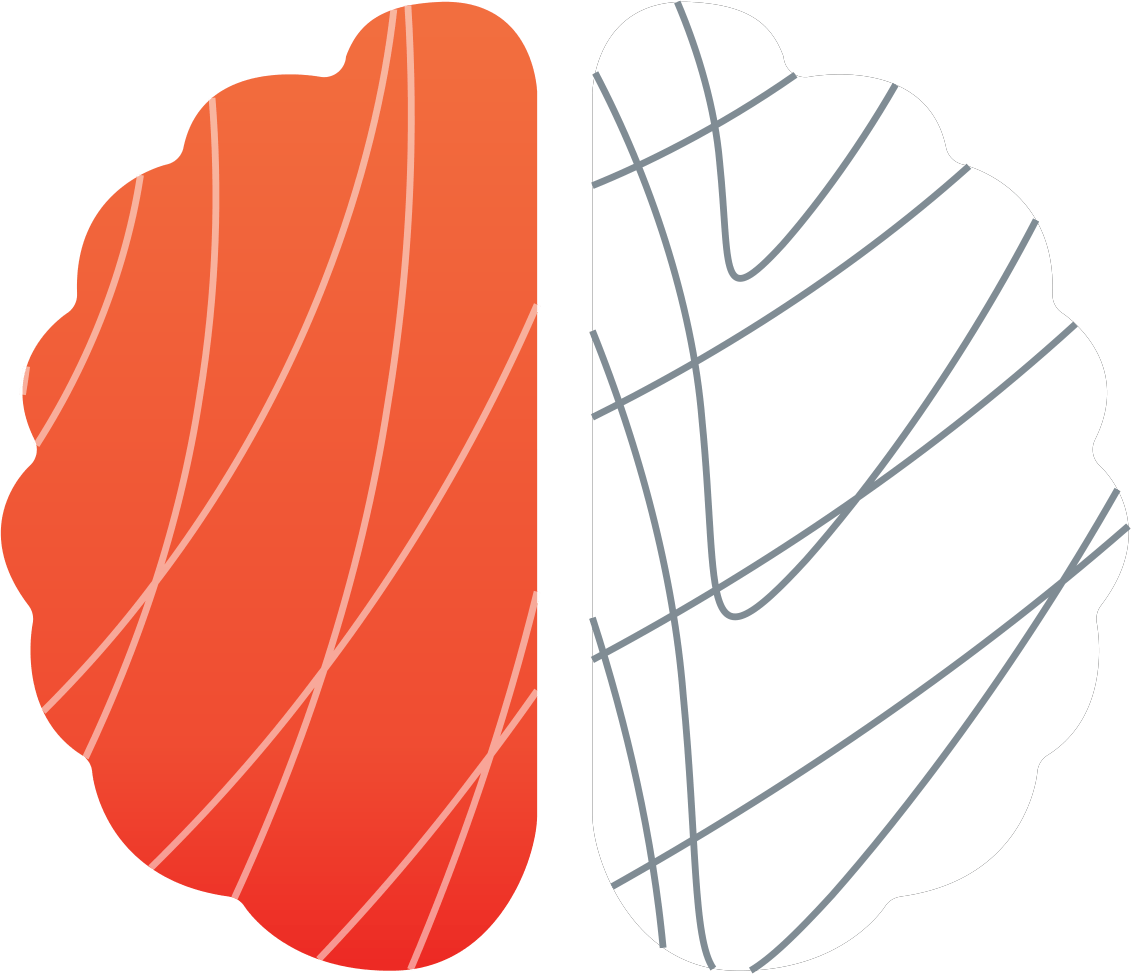Trustpower: Understanding advertising effectiveness
Trustpower is one of New Zealand’s most successful home service providers. The company’s strategic choice to extend beyond it’s origins as an electricity retailer, to provide bundles of energy and telco services has led to significant growth. The energy and telco sectors have however heated up in the past few years, with new retailers entering the market, aggressive competition between established players and changing consumer behaviour. Levels of switching have increased, and many consumers are reviewing their options on a regular basis.
In this environment, commercial advantage can be gained from finding new and innovative solutions. So, with a new brand advertising campaign in market ("We’ve Got the Time"), Trustpower decided to double-down on their investment, and use the latest research methods from NeuroSpot to ensure their campaign hit the mark.
The Challenge
In recent years several research studies have pointed to the importance of brands making an emotional connection with consumers in their advertising. Work carried out over the last decade by advertising effectiveness gurus Les Binet & Peter Field, who recently visited New Zealand, has highlighted the need for brands to invest in emotionally-driven, creative brand campaigns to produce long term growth. The challenge is that emotion is a very difficult concept to define, although seemingly easy to recognise.
So, how do you know when you’ve hit the mark?
The Solution
Trustpower turned to NeuroSpot to use its scientific approach to understanding consumer behaviour, and gain insight into how viewers actually respond to advertising. By using a combination of eye tracking and EEG (a tool to measure brain responses), NeuroSpot was able to pinpoint moment by moment how engaged and emotionally motivated viewers were when viewing Trustpower and their competitor’s adverts.
This provided Trustpower and its creative partners with the insights to go back and re-edit their advert. By carefully looking at what shot selections created the greatest emotional impact, they were able to optimise the advert while remaining true to the original creative concept.
The Results
After re-editing, key metrics for the advert improved substantially compared to the already successful original cut:
- +14% prompted awareness for the advert
- +77% brand recognition for the advert
- +20% brand consideration for those exposed to the advert.
According to Carolyn Schofield, Marketing Communications Manager at Trustpower:
"This project just clicked with us. The findings helped explain some of the unexpected results we’d seen in our more conventional advertising effectiveness research. But more importantly it gave us concrete data that we could work with to make further improvements. As a result we went back and re-edited and retested the 90s TVC. The results are amazing – we’ve increased the emotional connection people make significantly, so that each second of the TVC works harder, without compromising the creative product. We’ve also been able to increase the impact of the branding, something all advertisers want to achieve, and have learnt some valuable lessons that we can apply going forward"




